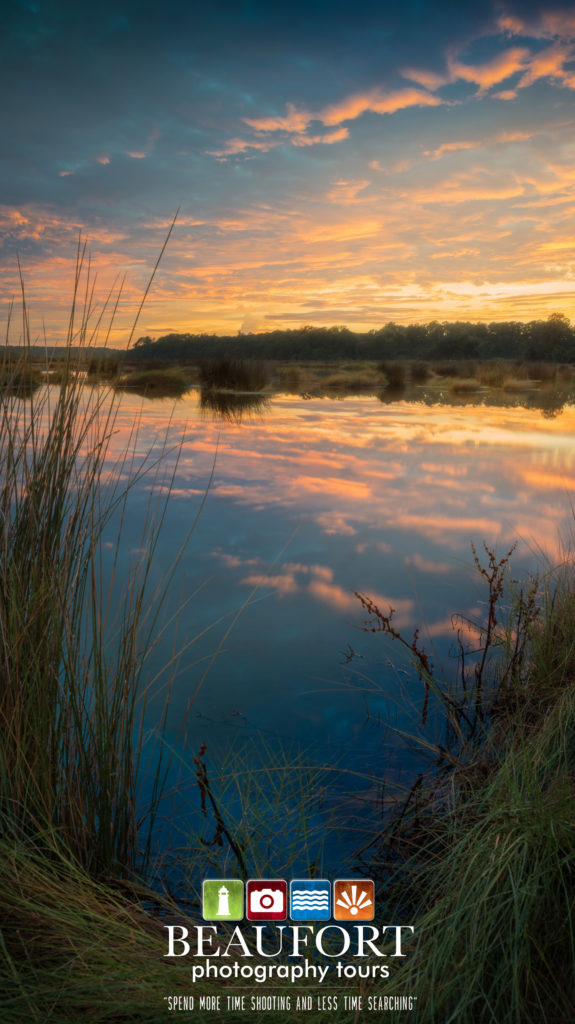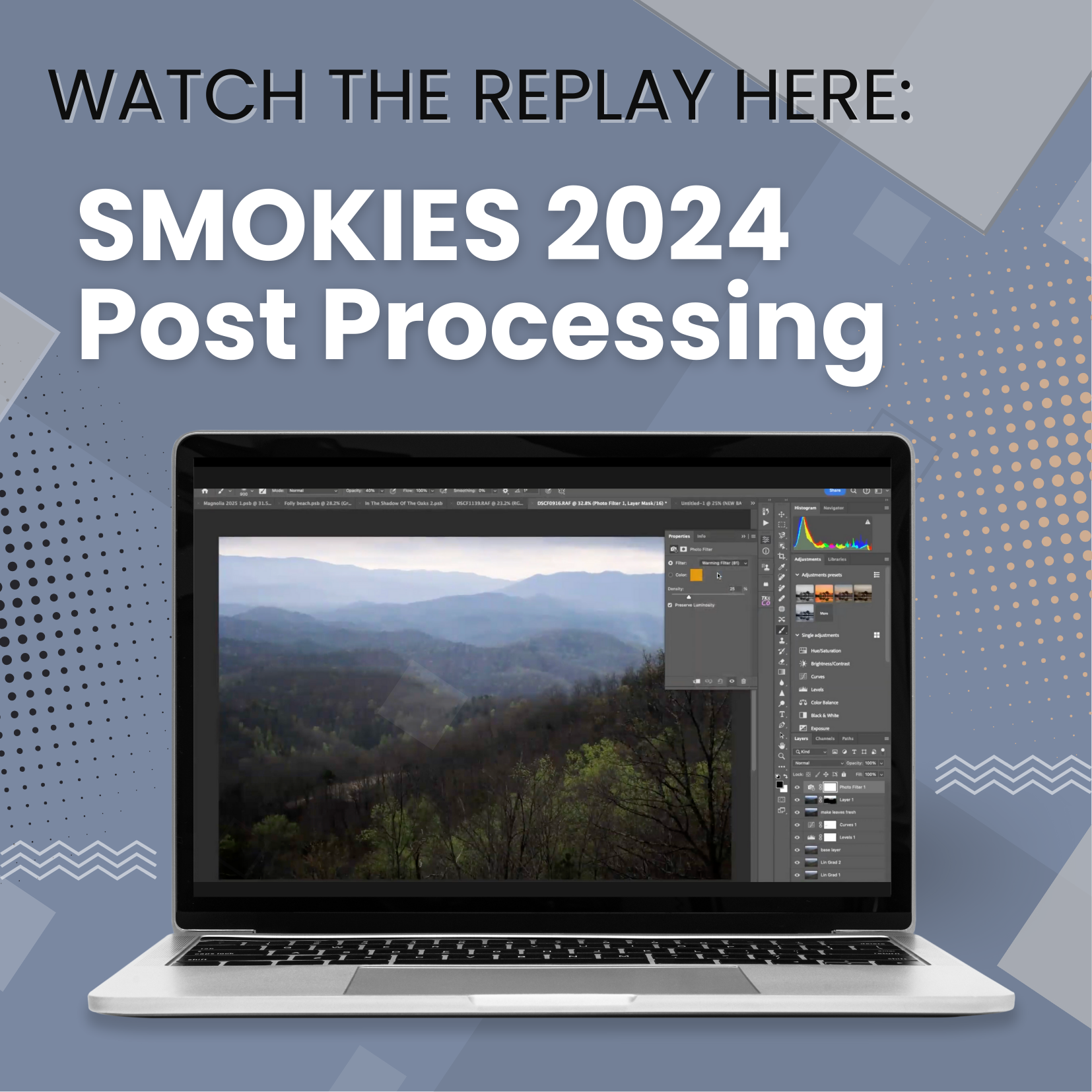During the 1930s, America went through one of its greatest challenges: the Great Depression. President Franklin D. Roosevelt attempted to relieve the dire economic situation with his New Deal programs. To justify the need for those projects, the government employed photographers to document the suffering of those affected and publish the pictures. Their efforts produced some of the most iconic photographs of the Great Depression – and all of American history.
Photos showed ‘the city people what it’s like to live on the farm.’
The Resettlement Administration, later replaced by the Farm Security Administration (FSA), was created as part of the New Deal to build relief camps and offer loans and relocation assistance to farmers impacted by the Depression and the Dust Bowl, which wreaked havoc on the Great Plains. But the programs weren’t cheap and required significant government funding to maintain.
Roy Stryker was hired as the agency’s Photographic Unit. Stryker was tasked with documenting the need for government assistance by taking photographs of rural farmers at work and at home in their small-town communities, of migrants looking for work and of the effects of the Great Depression on everyday life in rural America. “Show the city people what it’s like to live on the farm,†Tugwell reportedly told Stryker.

‘Fleeing a Dust Storm,’ photographed by Arthur Rothstein. (Credit: Farm Security Administration/The Library of Congress)
The FSA photographs galvanized Americans into action.
Stryker created a team of “documentary photographers.†They didn’t want to just churn out propaganda photos of bread lines, vacant farmhouses and barefoot children caked with dust. They also wanted to capture the raw emotion behind the drudgery and bring empathy to the suffering of ordinary Americans.
The first photographer Stryker chose for his team was Arthur Rothstein. During his five years with the FSA, his most noteworthy contribution may have been, “Fleeing a Dust Storm,†a (supposedly posed) photo of an Oklahoma homesteader and his two young sons trudging through swirling layers of dust towards a dilapidated shack.

‘Migrant Mother,’ photographed by Dorothea Lange. (Credit: Farm Security Administration/The Library of Congress)
Depression-era photo subjects showed as much strength as suffering.
Although the government used FSA photographs to prove its New Deal programs helped impoverished Americans, FSA photographers also sought to portray their subjects as strong, courageous people determined to survive tough times.
The people they photographed were often resilient, prideful and fiercely independent. Ironically, many refused to accept the very government assistance they’d inadvertently become the faces for.
Instead, they used ingenuity and whatever resources they had to remain self-supporting, and considered government welfare a last resort. Some people were reportedly angry and embarrassed when they realized their photographs had been published.
Via: History.com










